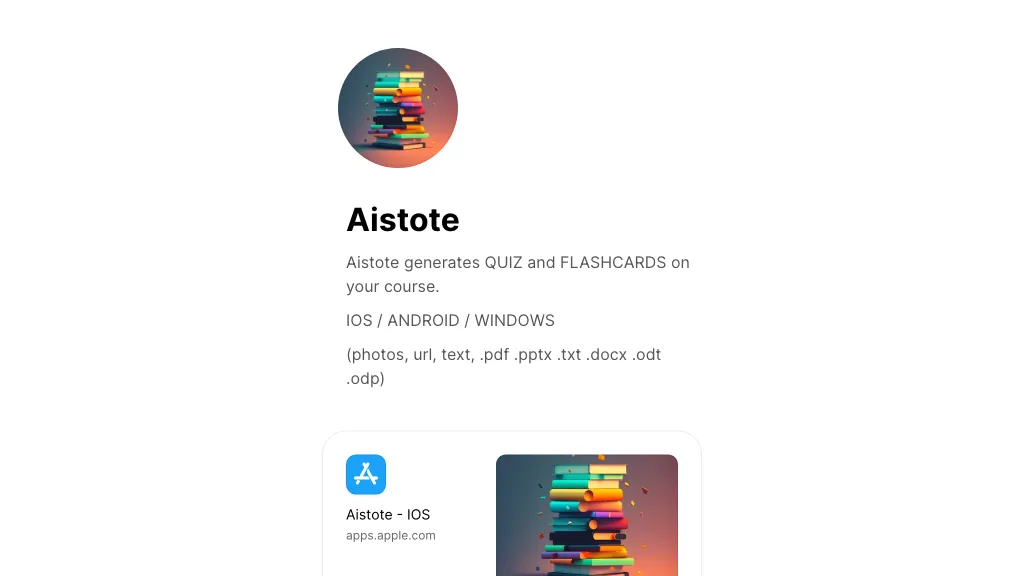What is the Flutter Project?
The Flutter project is that innovative undertaking responsible for the revolution in cross-platform mobile app development. This makes it easy for developers to build overrun, scalable, and flexible applications with much ease. Flutter is an open-source UI software development kit by Google, meant for building natively compiled applications for mobile, web, and desktop from a single codebase.
Initially introduced in the year 2017, Flutter grew really fast since then as it became a critical hit among developers due to its rock-solid framework and super-fast development cycle. It employs the Dart programming language and hosts oodles of functionalities that make any app development process as smooth as silk.
Key Features & Advantages of Flutter Project
-
Cross-Platform Efficiency:
Write once and deploy anywhere with ease, maintaining complete functionality across a variety of platforms. -
Fast Development Cycle:
The hot reload feature of Flutter enables viewing changes made in the code in real time, therefore giving way to quicker development. -
Rich Widget Library:
It provides the developer with a huge collection of ready-to-use widgets, which helps in building consistent and dynamic user interface designs. -
Community and Support:
A fast-growing community and full-featured tools for support make the development process easier.
Using Flutter reduces the time for going to market, has cost-effective characteristics, and maintains a single code base in multiple platforms. The distinctive selling propositions of Flutter are performance, flexibility, and full ecosystem.
Use Cases and Applications of Flutter Project
There is versatility in Flutter, which can be used from the following perspectives:
-
Start-up MVPs:
The best suite for start-ups that want to prototype and provide minimum viable products speedily. -
Enterprise Solutions:
Large-scale and robust, suitable for the development of complex large-scale enterprise applications. -
Personal Projects:
Good for personal developers to either experiment with or bring their personal app ideas into reality. -
Education:
It’s a great tool for teaching and practically learning mobile development by educators and students alike.
A number of success stories describe how effective Flutter truly is. This includes but is not limited to: Alibaba for their ‘Xianyu’ app; Google Ads leveraging it in their app.
How to Use the Flutter Project
Following is a step-by-step process to get started with Flutter:
- Download the Flutter SDK from the official Flutter website.
- Set up your favorite IDE, whether it be Android Studio or VSCode, with the Flutter and Dart plugins.
-
Create a new Flutter project by typing in the command
flutter create my_project
. -
Run the project on an emulator or physical device by typing in the command
flutter run
.
Utilize hot reload in Flutter and watch the changes unfold right before your very eyes. To get the best practices you would want to go through the Flutter documentation, keeping your code modular, using state management solutions such as Provider or Riverpod.
How the Flutter Project Works
It does this by compiling the Dart code into native ARM code for a variety of platforms. Flutter makes use of a high-performance rendering engine called Skia to paint the UI. The design of Flutter is widget-centric; widgets are the basic elements that one would use in building a Flutter app. The widgets explain what their view should look, considering their present configuration and state.
All development starts with writing Dart code that later will be compiled into native code. The rendering engine of Flutter takes over with drawing the UI; hence, it’s going to work fast and look equally great everywhere.
Pros and Cons of a Flutter Project
Pros:
- The development cycle is extremely fast, including hot reload.
- One code base for multiple platforms.
- Rich set of pre-designed widgets.
- Strong community and extensive documentation.
Cons:
- Relatively larger application size compared to Native Apps.
- Some of the platform-specific features are only partially available.
- Dart programming language may require a learning curve.
User reviews generally state that Flutter allows them to build fast and the performance of the apps developed with it is great. Some have mentioned app size and learning curve as minor drawbacks in the beginning.
While Flutter itself is open-source and free, there may be a cost associated with extra tooling, plugins, or services that are needed for development. Compared to other cross-platform solutions, Flutter makes this pretty affordable with its single codebase and at no cost, hence offering great value for money.
Conclusion on the Flutter Project
In a nutshell, the Flutter Project can be positioned as ready-for-production technology for cross-platform mobile application development, outstanding in its feature set, community support, and feature of maintaining a single codebase. There are several disadvantages to using Flutter; however, its advantages far outweigh these limitations, and it should definitely be an excellent solution for applications ranging from simple to very complex ones.
Looking ahead, Flutter continues to evolve, and additional features and improvements are planned to be added so that it stays at the leading edge of mobile development technology.
Flutter Project Frequently Asked Questions
Q: What platforms does Flutter support?
A: The platforms Flutter supports include Android, iOS, web, desktop, etc.
Q: Is Flutter suitable for large enterprise-scale applications?
A: Yes, scalability and robustness mean Flutter can serve large-scale enterprise applications.
Q: How steep is the learning curve for Flutter?
A: While it does take time to learn, especially the Dart programming language, that fact is mitigated with heavy documentation and community support.
Q: Can Flutter apps achieve native performance?
A: Yes, Flutter apps can achieve native performance due to its compilation into native ARM code.
Q: What are some popular apps built with Flutter?
A: Notable apps include Alibaba’s Xianyu app, Google Ads, and the Hamilton app.










